Introduction
Issue 1: Writers in Kyoto
Welcome to the first issue of Books on Asia, your guide to finding quality books on Japan and Asia. We launch the site with a look at Writers in Kyoto, a passel of scribes who write about Japan, with an emphasis on the old capital city of Kyoto. The organization was founded in 2015 by John Dougill, who pens the Green Shinto blog and has authored numerous books on Japan and Kyoto. The group includes authors, journalists, editors, poets, historians and experts in the Japanese arts.
Podcast
BOA Podcast 1: John Dougill, founder of Writers in Kyoto
John Dougill talks about Japan’s indigenous religion of Shinto, its kami (deities) and the designation of Ise Shrine as the center of worship for Prime Minister Shinzo Abe.
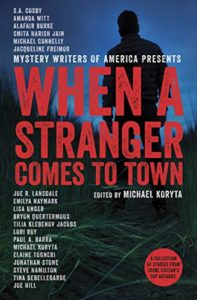
When a Stranger Comes to Town
Includes the story “Tokyo Stranger” by Tina deBellegarde

Pearl City: Stories from Japan and Elsewhere
Simon Rowe’s second volume of short-stories on Japan and Asia
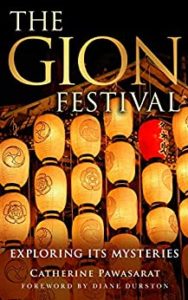
The Gion Festival: Exploring its Mysteries
A guide to Japan’s biggest summer extravaganza: The Gion Festival
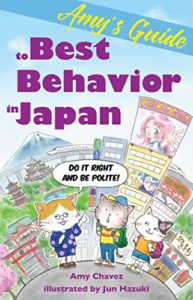
Amy’s Guide to Best Behavior in Japan
All you need to know to avoid making cultural faux pas in Japan. Whether you’re visiting temples & shrines, staying overnight at traditional Japanese inns, or eating out and drinking at restaurants and pubs, this book will tell you what to do and not do.
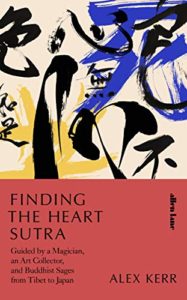
Finding the Heart Sutra: Guided by a Magician, an Art Collector and Buddhist Sages from Tibet to Japan
Powerful, mystical and concise, the Heart Sutra is believed to contain the condensed essence of all Buddhist wisdom.

Inaka: Portraits of Life in Rural Japan
In eighteen chapters, this anthology takes an epic journey the length of Japan, from subtropical Okinawa, through the Japanese heartland, all the way to the wilds of Hokkaido.

Japan’s World Heritage Sites
Visit the most compelling cultural and nature sites in Japan with this guide.
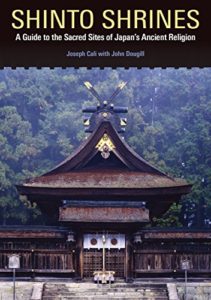
Shinto Shrines
All you need to know about Shinto in one book!
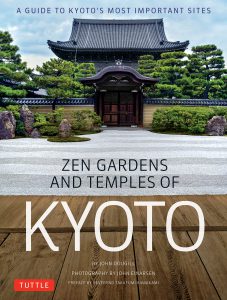
Zen Gardens and Temples of Kyoto
From Stephen Mansfield in his Japan Times review: “Soaked in the finer legacies of Kyoto, the authors are keenly aware of the religious principals and aesthetics underpinning spiritual practices and garden design in the city. Accordingly, their book derives from deep understanding and reflection, rather than rote research.”

In Search of Japan’s Hidden Christians
John Dougill takes the reader on a journey to major sites of the Hidden Christians in Japan while telling their history and story.

Echoes: Writers in Kyoto Anthology 2017
A collection of short stories and poetry from the members of Writers in Kyoto including: John Dougill, Alex Kerr, Allen Weiss, Mark Richardson, John Einarsen, Ted Taylor, David Joiner, Robert Yellin and others.
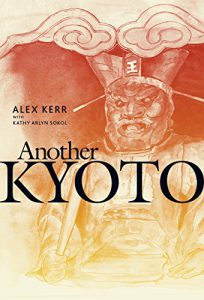
Another Kyoto
Stephen Mansfield’s review in the Japan Times: “In its specifics…..the minutiae of small, exquisite gardens, aged screen paintings, timeworn temple gates, transoms and polished floors, we encounter a city suffused with beauty and meaning.”
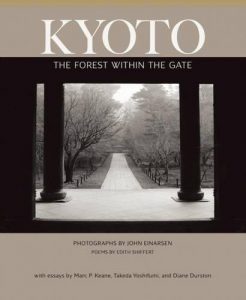
Kyoto: The Forest Within the Gate
The heart of the book is a dialogue between the poems of Edith Shiffert and over one hundred duotone photographs by John Einarsen. Enriched by essays from garden designer Marc Keane, aesthete Takeda Yoshifumi, and author Diane Durston.

The Grain of the Clay
From the Kyoto Journal: “…well-written and highly descriptive, the author transcends the object, the guinomi (a small ceramic sake cup), to question its relationship to all its surroundings. The guinomi comes to represent art and nature.”
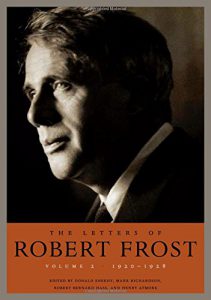
The Letters of Robert Frost
Robert Frost scholar Mark Richardson lives and works in Kyoto. From the New York Times: “If there’s a true revelation in the first volume, the editors say, it’s the sheer intellectual firepower Frost brings even to a casual missive.”
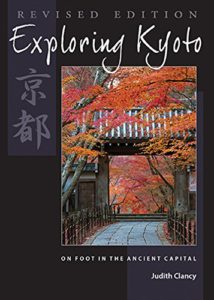
Exploring Kyoto: On Foot in the Ancient Capital
“Exploring Kyoto by long-term resident Judith Clancy is an excellent guide to exploring Kyoto on foot.”–Lonely Planet Japan

Good Night Papa
Simon Rowe brings us short stories from Japan, China, Indonesia, Fiji and elsewhere in his debut book from the castle town of Himeji Japan.
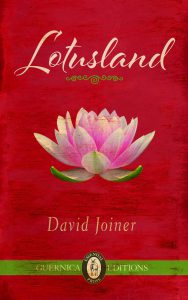
Lotusland
Lotusland dramatizes the power imbalances between Westerners and Vietnamese — in love and friendship, in the consequences of war, and in the pursuit of dreams. Kyoto resident David Joiner writes about Vietnam from the point of view of one of the first Americans to live there following US and Vietnam normalized relations in 1995. Read an excerpt!

Deep Kyoto: Walks
A collection of essays from Kyoto residents on the theme of contemplative city walking with 18 narrated walks from Pico Iyer, Judith Clancy, Chris Rowthorn, John Dougill, Robert Yellin, John Ashburne and more.

Articles, Authors, Issue 1
Interview with Alex Kerr: The Importance of Mentors
Known to most as the author of Lost Japan, Dogs and Demons and, more recently, Another Kyoto, Alex Kerr came of age in 1970s Japan, a golden era when he hung around with other notable foreign residents such as antique dealer David Kidd, curator Alexandra Munroe and Zen abbot John Toler. Alex took time More…

Articles, Eastern religions, Issue 1, Issues
Zen or Shinto? John Dougill takes on D.T. Suzuki
By John Dougill Sincerity, loyalty, self-sacrifice. Zen or Shinto values? Mindfulness is a key concept in both Zen and Shinto. Purification and egolessness too. Harae (purification) and kegare (impurity) in Shinto resemble Delusion and Attachment in Buddhism. The goal in both religions is similar, though the means are different. In Shinto people look to restore More…

Articles, Issue 1, Issues, Media
The Long Read — Eric Johnston on why the world still needs full-time foreign correspondents
By Eric Johnston Along with polar bears and black rhinos, the plight of the full-time foreign news correspondent is a subject of growing concern among arm-chair zoologists who fear the magnificent beast, which once roamed the world at will and congregated at exotic watering holes, is now on the verge of extinction. As the years More…
